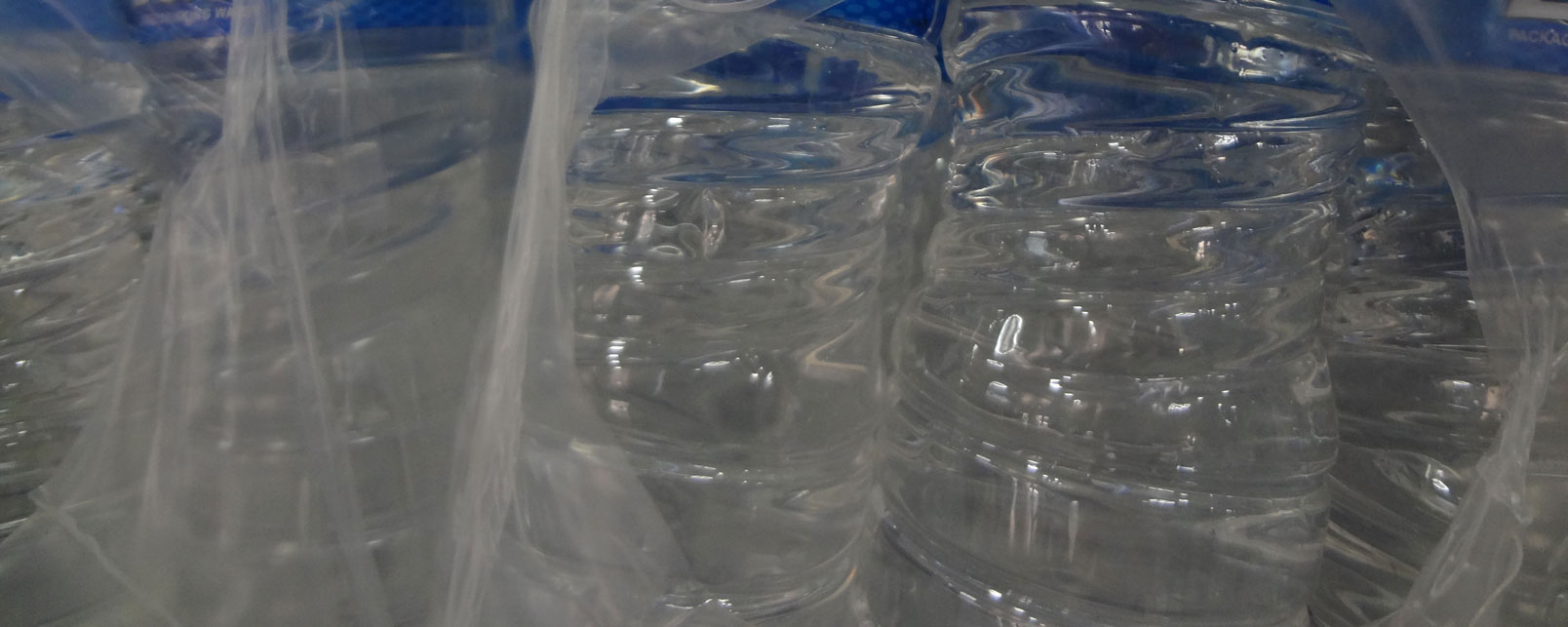Plastics and Packaging

photo credit: Ananyaalien (Own work), CC-BY-SA-3.0, via Wikimedia Commons
Bisphenol A (BPA) is an endocrine disrupter, meaning it mimics other hormones and can interfere with bodily systems. It has been found to interfere with insulin levels, thyroid, and neurological functions. It affects dopamine sensitivity, linking it to certain types of behaviours and conditions such as addiction, impulse control, and ADHD. The list of threats from BPA goes on to include reproductive and developmental damage, among others.
While BPA has been forbidden in infant food bottles, it is still present in other products.
The best way to avoid unhealthy plastics is to avoid plastics altogether, which is the choice recommended by Mother Earth. You can also look at the number code on the bottom of plastic packaging: #2, 4, 5 are generally considered safe, while #1 and #6 should be avoided.
The other problem with packaging is the lack of restrictions on liners and wraps, which are often treated with fresheners or other unmarked materials… Offering yet another reason to buy naked produce, baked goods, and meats. An added bonus is these choices may end up being more local, too



